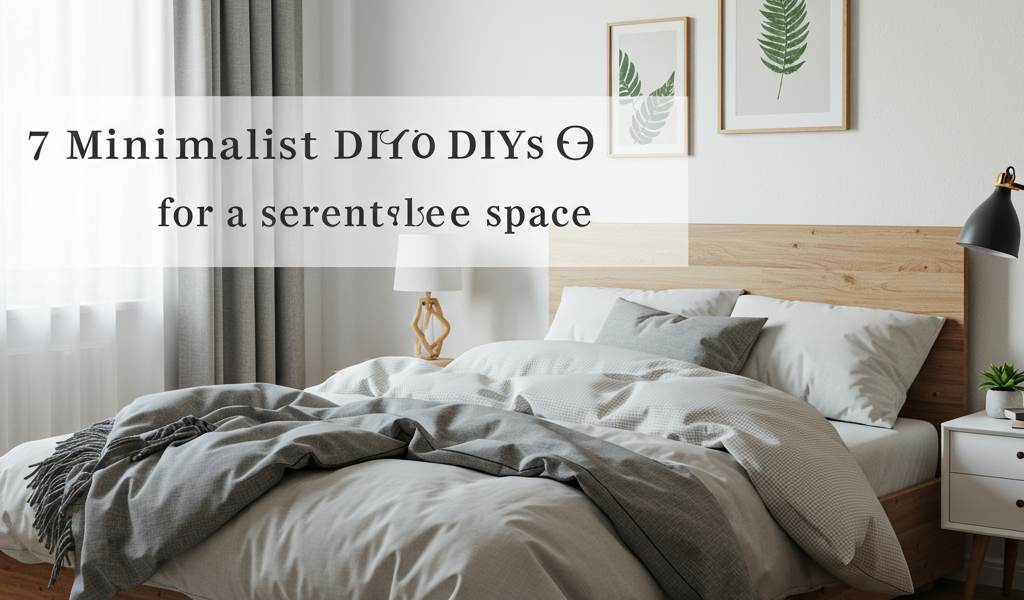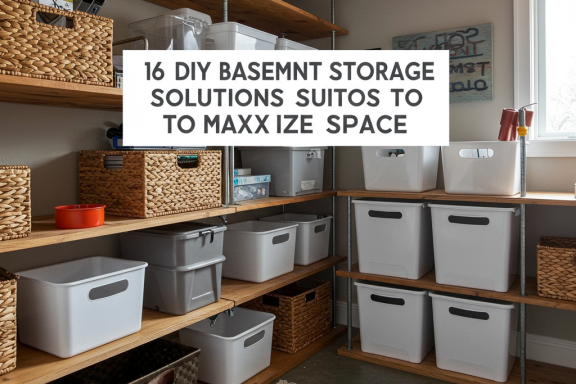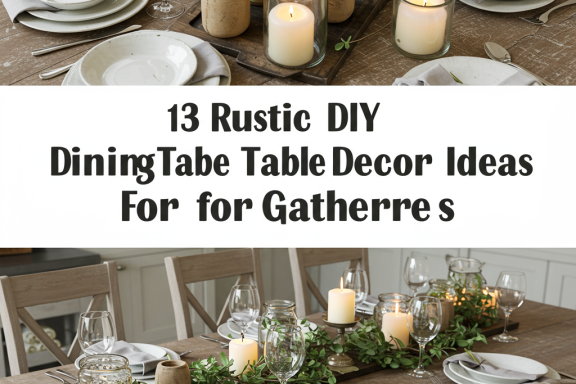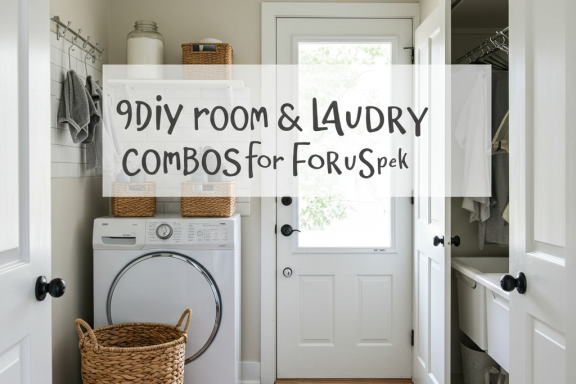7 Minimalist Bedroom DIYs for a Serene Sleep Space
A cluttered bedroom can lead to a cluttered mind. Embrace the power of minimalism with these seven do-it-yourself projects designed to transform your bedroom into a serene sleep sanctuary. These DIYs are budget-friendly, easy to implement, and will contribute to a more peaceful and restful night’s sleep.
The Power of Minimalism in the Bedroom
Minimalism is more than just a design trend; it’s a lifestyle choice that promotes intentionality and reduces stress. In the bedroom, minimizing distractions and creating a clean, organized space can significantly impact sleep quality. By decluttering and simplifying, you cultivate an environment conducive to relaxation and rejuvenation.
Why a Minimalist Bedroom Matters
A minimalist bedroom promotes better sleep hygiene. Removing excess visual stimuli allows your mind to unwind and prepare for rest. A clutter-free environment also reduces anxiety and promotes a sense of calm, which is crucial for falling asleep and staying asleep throughout the night. The benefits extend beyond sleep, improving your overall mood and well-being.
Celebrating Simplicity: The Joy of a Minimalist Space
Creating a minimalist bedroom is a celebration of simplicity and functionality. It’s about appreciating the essential and letting go of the superfluous. The process of decluttering and organizing can be incredibly therapeutic, allowing you to connect with what truly matters and create a space that reflects your inner peace. Enjoy the sense of accomplishment and the tranquility that a minimalist bedroom provides.
DIY 1: Declutter and Organize Your Nightstand
Start small with your nightstand. Remove anything unnecessary, keeping only essential items like a lamp, a book, and perhaps a small plant. Consider using a drawer organizer to keep smaller items like lip balm or earplugs neatly tucked away. A clear and organized nightstand sets the tone for the entire room.
DIY 2: Create a Calming Color Palette
Choose a calming color palette for your walls and bedding. Neutral tones like white, beige, and soft gray create a sense of tranquility. Accents of muted blues or greens can also promote relaxation. A consistent and soothing color scheme contributes to a peaceful atmosphere.
DIY 3: Craft a DIY Headboard with Natural Materials
Add a touch of natural elegance with a DIY headboard. Reclaimed wood, woven rattan, or even a simple fabric panel can create a beautiful and minimalist focal point. This project can be customized to fit your personal style and adds a unique touch to your sleep space.
DIY 4: Maximize Storage with Under-Bed Solutions
Utilize the space under your bed with storage containers or drawers. This is an excellent way to keep extra bedding, off-season clothing, or other items organized and out of sight. Maximizing storage keeps your bedroom clutter-free and promotes a sense of order.
DIY 5: Build Floating Shelves for Minimalist Decor
Install floating shelves to display a few carefully chosen decorative items. A small plant, a framed photo, or a favorite book can add personality without cluttering your space. Keep the shelves sparsely decorated to maintain a minimalist aesthetic.
DIY 6: Design a Minimalist Gallery Wall
Create a minimalist gallery wall with a few framed prints or photographs. Choose pieces that evoke a sense of calm and reflect your personal style. Opt for simple frames and a cohesive color scheme to maintain a clean and uncluttered look.
DIY 7: Repurpose Items for Functional Decor
Give old items a new life by repurposing them for functional decor. An old ladder can be transformed into a blanket ladder, or vintage suitcases can be stacked to create a unique nightstand. This adds character and reduces waste while maintaining a minimalist aesthetic.
Facts about Minimalist Bedrooms and DIYs
Studies show that a clutter-free environment can reduce stress and improve focus. Minimalist design principles, when applied to the bedroom, can create a haven for relaxation and promote better sleep. DIY projects allow for personalization and cost-effectiveness, making minimalist design accessible to everyone.
Minimalist bedrooms often incorporate natural materials like wood and linen, which add warmth and texture while maintaining a simple aesthetic. These materials also contribute to a healthier indoor environment. Choosing DIY projects with natural elements further enhances the connection to nature within your sleep space.
The increasing popularity of minimalism reflects a growing desire for simpler, more intentional living. DIY projects empower individuals to take control of their space and create an environment that truly reflects their values and promotes their well-being.
Frequently Asked Questions (FAQs)
How can I make my small bedroom feel more minimalist?
Even in a small bedroom, minimalism can make a big difference. Focus on maximizing vertical space with shelves and wall-mounted storage. Choose furniture with clean lines and a small footprint. Decluttering regularly is essential to maintain a sense of spaciousness.
What are the best materials for a minimalist bedroom?
Natural materials like wood, linen, cotton, and bamboo are ideal for a minimalist bedroom. They add warmth and texture while maintaining a simple and calming aesthetic. These materials are also generally more sustainable and contribute to a healthier indoor environment.
Is a minimalist bedroom always white or beige?
While neutral colors like white and beige are common in minimalist bedrooms, you can incorporate other calming colors like soft gray, muted blues, or greens. The key is to choose a cohesive color palette that promotes relaxation and avoids visually stimulating hues.







No Comments